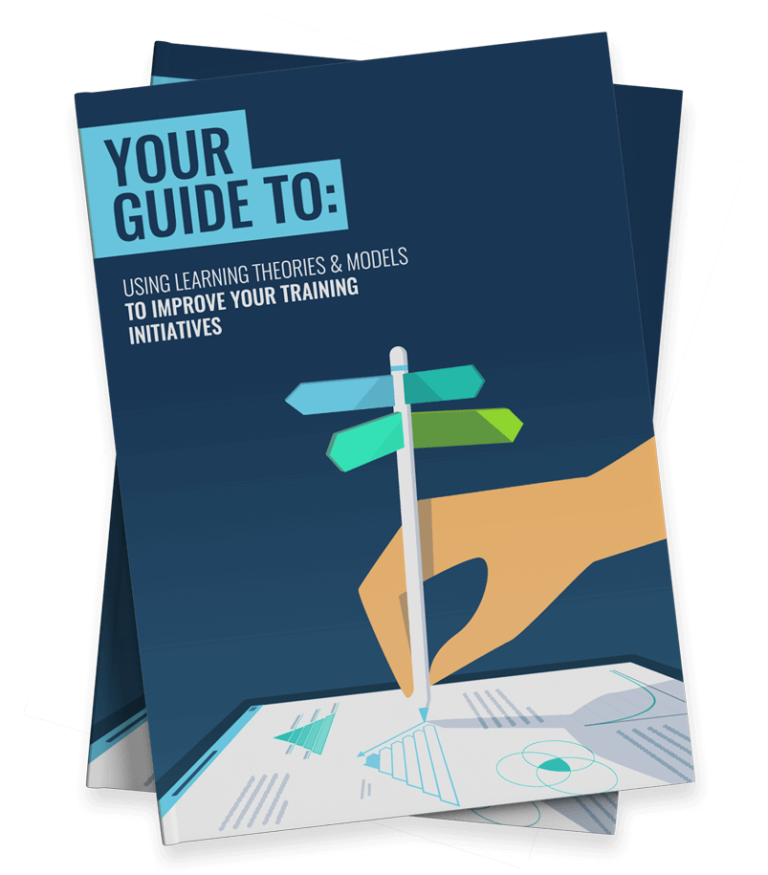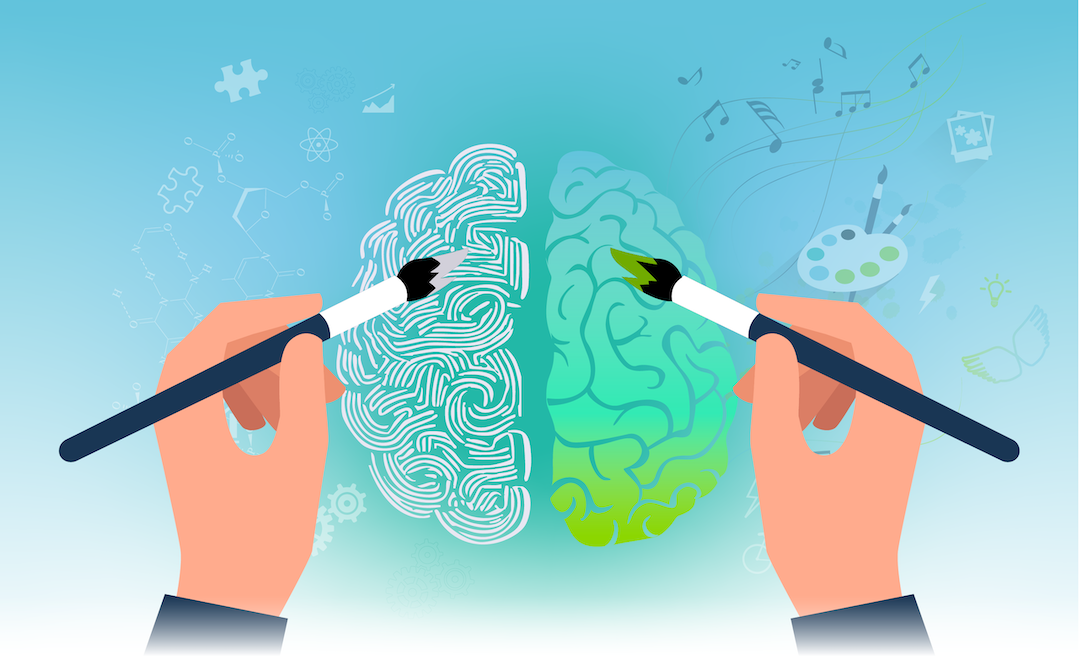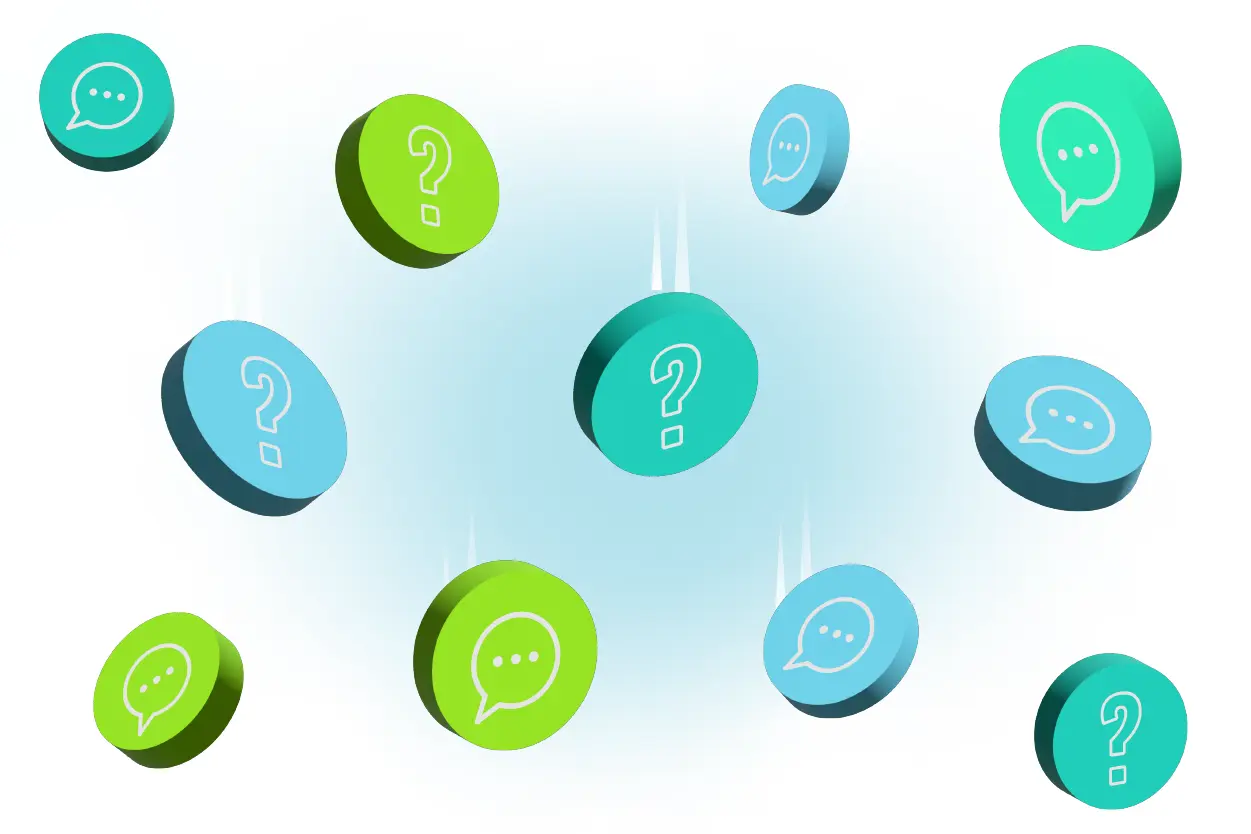
Kolb’s theory of experiential learning stands out for its multifaceted approach. It integrates a four-stage learning cycle with a framework for understanding learning styles.
This provides us with a powerful foundation for learning and development by describing the ideal processes where knowledge is created through experience.
As a result, Kolb’s theory has influenced the work of teachers, instructional designers and L&D professionals around the globe.
This theory’s also research-backed. A 2021 study shows that students exposed to Kolb’s learning approach demonstrated improved understanding compared to traditional methods. Indeed, experiential learning has been shown to increase knowledge retention by as much as 70%.
The theory invites educators and learners alike to understand different learning styles, making it a useful guide for designing effective training interventions.
This article breaks down both parts of the theory. It also describes how the theory is typically applied in a learning and development context. But first, let’s cycle back to the beginning!
Who Is David Kolb?

David A. Kolb is an American psychologist, professor and educational theorist. He was born in December 1939 in Illinois, United States.
Today, Kolb is best known for his work in experiential learning. In fact, Kolb’s learning styles model was one of the first tools for evaluating individual learning preferences.
His unique perspective on learning has had a big influence on the educational sector. In fact, research has confirmed that his theory is still the most commonly cited source in relation to reflective learning.
It has awakened educators and L&D professionals to the value of tailored and experience-driven learning processes.
Early Life & Education
Kolb developed an interest in learning from an early age. He then obtained a Bachelor’s degree in psychology, with a minor in philosophy and religion, from Knox College in 1961.
One of Kolb’s professors was a personality theorist. They had a significant influence on Kolb and his career. In fact, it was this professor who encouraged Kolb to pursue postgraduate studies.
And so he did. Kolb obtained his MA in 1964 and PhD in social psychology in 1967, both from Harvard.
Research Career
Kolb’s educational background helped him develop an interest in finding the best fit for individual learners. This interest eventually bloomed into his experiential learning theory.
Kolb’s work was influenced by the work of other theorists, including John Dewey, Kurt Lewin and Jean Piaget.
In 1981, Kolb founded an organisation called Experience Based Learning Systems (EBLS). He created this organisation to advance research and practice in experiential learning. Even today, he continues the EBLS programme with an international network of researchers, practitioners and learning partners.
On top of various research articles, Kolb’s contributions to the world of experiential learning and learning styles include:
- Experiential Learning: Experience as the Source of Learning and Development (1984, 2015)
- Organizational Behavior: An Experiential Approach (6th Edition) (1994)
- Innovation in Professional Education: Steps on a Journey from Teaching to Learning (1995)
- Conversational Learning: An Experiential Approach to Knowledge Creation (2002)
- The Experiential Educator: Principles and Practices of Experiential Learning (2017)
- How You Learn Is How You Live: Using Nine Ways of Learning to Transform Your Life (2017)
David has received several awards and honorary degrees in recognition of his contributions to experiential learning.
Kolb’s Experiential Learning Theory
Kolb’s experiential learning theory is one of the most influential theories and models in the learning and development space. As the name reveals, the theory focuses on how we learn as a result of our experiences. As Kolb himself puts it:
“Learning is the process whereby knowledge is created through the transformation of experience.”
For Kolb, learning requires the acquisition of abstract concepts that can then be applied flexibly in a wide range of situations. Edgar Dale’s Cone of Experience can help us to understand the sources of these abstract (and concrete) experiences.
Kolb’s theory has two interconnected parts. The first part details the four-stage cycle that the learning experience follows. According to Kolb, by going through the different stages, learners can convert their experiences into knowledge.
The second part focuses on learning styles and the cognitive processes that need to occur for learners to acquire knowledge. The theory highlights how individuals can demonstrate their understanding when they are able to apply abstract concepts to new situations.
Let’s start by exploring the four stages of learning, referred to as the Experiential Learning Cycle.
Kolb’s Experiential Learning Cycle
As we have gathered, experiences are at the core of Kolb’s theory. According to him, learners must change or transform something in order to learn.
As such, memorisation or recollection does not equal learning, as this process does not improve or reshape our understanding. And as a result, the learner has not gained any additional value.
Kolb created the Experiential Learning Cycle in 1974. This four-stage model views learning as an integrated process. All four stages are mutually supportive because Kolb believes that effective learning is a cyclic process that involves experiencing, reflecting, thinking and acting.
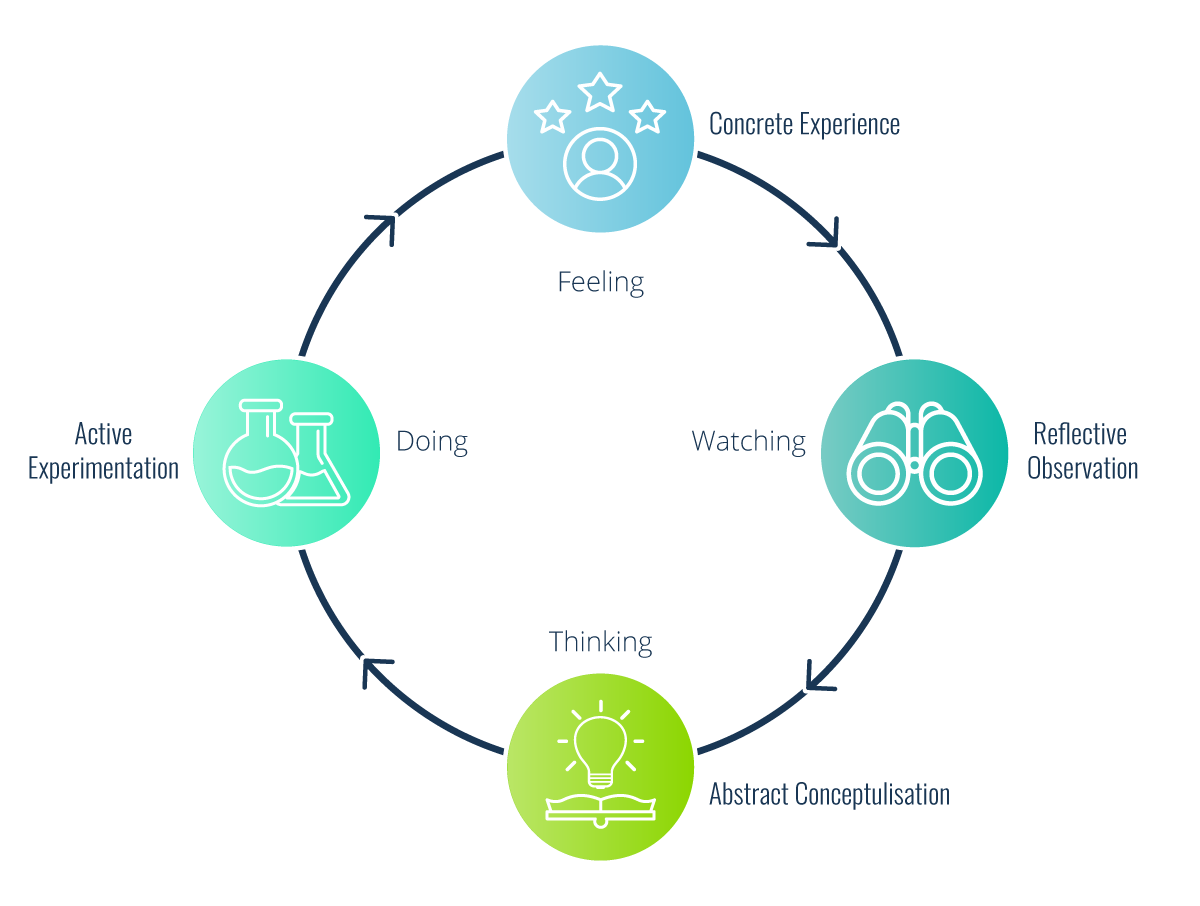
The model describes two ways of grasping knowledge. These are concrete experiences and abstract conceptualisation.
The other two modes, reflective observation and active experimentation, help learners to transform their experience into knowledge. Each of these stages acts as a foundation for the next stage.
According to the cycle, learning occurs when an individual comes across an experience and reflects upon it. This leads to an analysis and formulation of abstract concepts. Learners can then experiment with their hypotheses in various situations. Let’s break it down further.
1. Concrete Experience (CE)

The Experiential Learning Cycle is typically presented with concrete experience at the top, to signify that that’s where the process begins. At this stage, learners encounter an experience. This could be either a completely new experience or a reimagined experience that has already happened.
Kolb believed that the key to learning lies in active involvement. According to him, it’s not enough for learners to just read or watch demonstrations to acquire new knowledge.
As such, each learner should actively engage in an experience. This could involve being exposed to a new task or a new way of carrying out a project they are already familiar with.
While the experience is usually a personal one, it might also be a shared experience. In this situation, learners acquire knowledge by observing, hearing about or reading about someone else’s experiences. And this kind of social learning comes loaded with benefits.
2. Reflective Observation (RO)
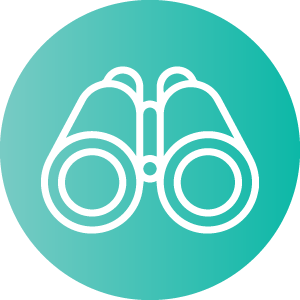
Concrete experiences are followed by reflective observation. As such, after engaging in an experience, learners should step back to reflect on the task or activity. This stage in the learning cycle allows the learner to ask questions and discuss the experience with others.
For most individuals, this is where seeing and doing transforms into the real-time absorption of new information. In practice, this could mean a situation where a person is shown how to accomplish a goal. They then look at how it could be applied in different circumstances.
Communication is vital as it allows learners to identify any discrepancies between their understanding and the experience itself. Discussing the experience with others helps to ease the reflection process by introducing other points of view.
At this stage, learners will also try to place the experience alongside other previous experiences to look for patterns or notable differences. This helps them to reflect on any inconsistencies and the gap between their understanding and the experience itself.
3. Abstract Conceptualisation (AC)
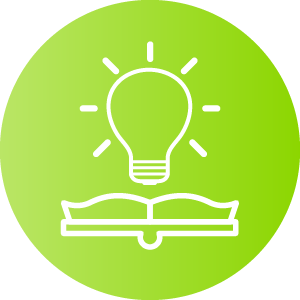
Reflective observation leads to abstract conceptualisation. In this stage, learners form new ideas or alter their current understanding based on the reflections that arose from the previous stage.
Learners move from reflective observation to abstract conceptualisation when they begin to classify concepts and form conclusions on the events that occurred. As such, abstract conceptualisation gives learners the chance to assess how their new ideas can be applied in the real world.
They can do so by interpreting the experience and making comparisons to their current understanding of the concept. When learners return to a task, they can then return with the goal of applying their conclusions to new experiences.
In other words, they generate abstract principles that they can apply to future situations. After all, information becomes more meaningful and memorable when it connects to our lives and offers opportunities for practical application.
4. Active Experimentation (AE)
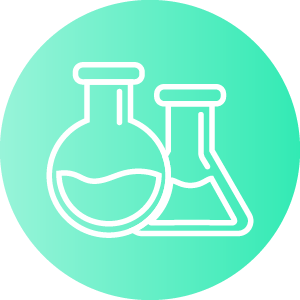
The last stage of the cycle involves active experimentation. At this stage, learners apply their new ideas to the world around them. This allows them to see if there are any changes in the next occurrence of the experience.
This stage offers an opportunity for learners to test out their new ideas and the lessons gathered from the experience. By actively experimenting with different concepts, individuals can learn how to associate what they have experienced with new ideas and innovations.
This experimentation results in new concrete experiences that effectively trigger the beginning of the next cycle. After all, life effectively amounts to a series of interlinked experiences.
Making the Most of the Cycle
Even though concrete experiences are at the top of the cycle, learners can enter it at any stage and follow it through its logical sequence. However, as each stage is dependent on the others, learners must complete them all to develop new knowledge.
As such, learners should complete the cycle in its entirety to ensure that effective knowledge transfer takes place. In fact, according to Kolb, no one stage of the cycle is effective on its own.
Instead, learners must complete all four stages of experiencing, reflecting, thinking and acting to develop new knowledge. And with each new experience, learners are able to integrate their new observations with their current understanding.
The Learning Cycle in Practice
It’s always easier to understand a theory when it’s presented with some practical examples. So, imagine you have just attempted to bake banana bread for the first time.
- Concrete Experience: After removing your supposedly delicious banana bread from the oven, you notice that it is burnt from the top but still raw inside. Oh dear!
- Reflective Observation: You then proceed to review the steps you took when baking and check them against the recipe, to see if you had followed the instructions carefully.
- Abstract Conceptualisation: Based on your reflection, you can determine that your oven was too hot, and you needed to bake the banana bread for longer but at a lower temperature.
- Active Experimentation: Still craving some mouth-watering baked goods, you decide to start again. This time you are careful to adjust the temperature and baking time.
Your second attempt will result in a new concrete experience, and the cycle of learning continues.
According to Kolb, there are two goals in the experiential learning process. One is to learn the specifics of a particular subject, and the other is to learn about one’s own learning process.
Considering our example, you will now have learnt some specifics about baking. Furthermore, you will have also learnt something about how you build your baking knowledge.
This happens through trial and error, as you experiment with various different factors and reflect on the results to try and achieve a desired goal.
Individual Preferences
Our own preferences play an important role in determining the best mode of experiential learning. Kolb explained that individuals develop a preferred way of learning. This preference comes from our past life experiences and the environments surrounding us.
As such, Kolb noted that people who are considered ‘watchers’ prefer reflective observation. ‘Doers’, on the other hand, are more likely to engage in active experimentation.
Based on these differences, Kolb expanded his experiential learning cycle. These preferences now serve as the basis for Kolb’s Learning Styles. Let’s have a look!
Kolb’s Learning Styles
Kolb extended his learning cycle in 1984 and introduced a model featuring different learning styles. Combined, these models create Kolb’s experiential learning theory, which explores learners’ inner cognitive processes.
While Kolb’s four stages of learning work together to create a learning process, some individuals prefer certain components over others. In fact, one may depend heavily on concrete and reflective experiences but choose to spend less time on the abstract and active stages.
Because of this, Kolb identified four unique learning styles that are based on the four-stage learning cycle we highlighted previously.
He suggests that our learning style preference is actually the result of two pairs of variables. This can be seen as two separate ‘choices’ that we make. Kolb represents each stage of the learning cycle along these two intersecting axes.
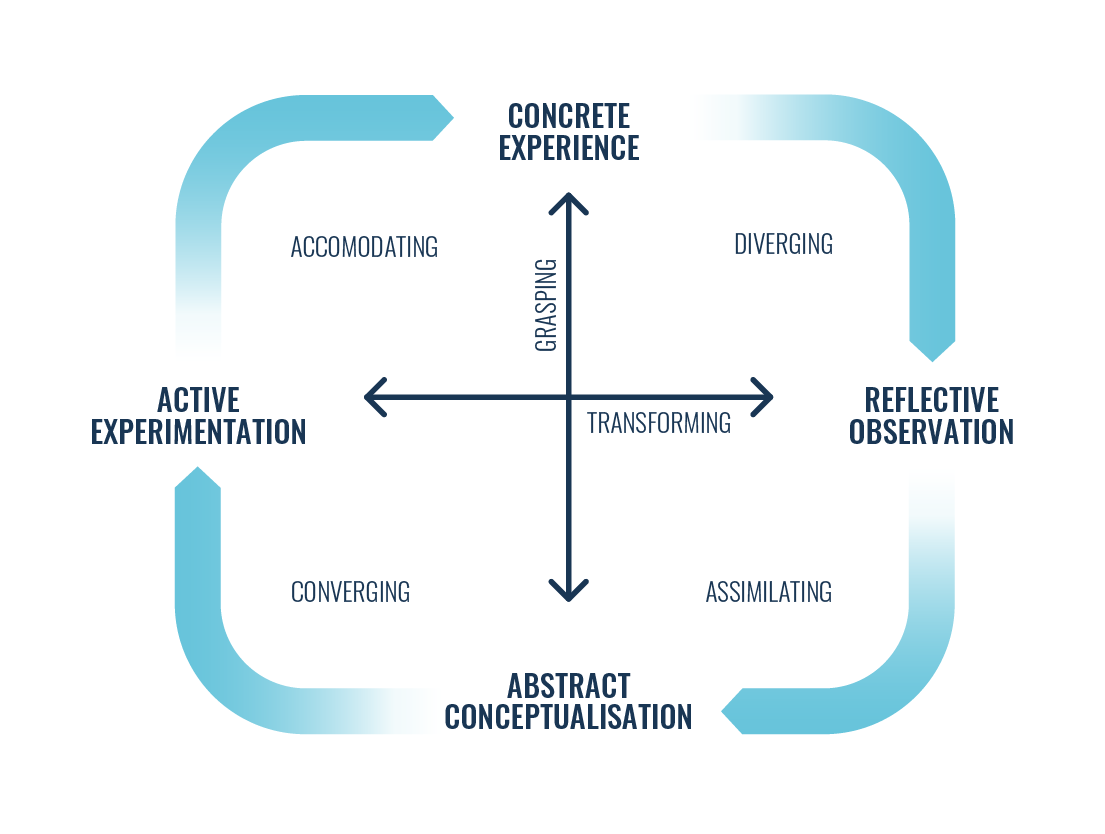
The horizontal axis is called the Processing Continuum, and the vertical axis is the Perception Continuum. In Kolb’s view, learners cannot perform both variables on a single axis at the same time (for example, thinking and feeling).
Attempting to do so can create an internal conflict. Learners resolve this by making an unconscious choice. This naturally determines the learner’s favoured learning style.
- The Processing Continuum describes our emotional response or how we make information meaningful. Learners choose a way to transform and process their experiences. This can be through doing (active experimentation) or watching (reflective observation).
- The Perception Continuum, on the other hand, focuses on how we approach a task. On this continuum, learners choose how to grasp information. This can be through feeling (concrete experience) or thinking (abstract conceptualisation).
These distinct styles of learning each involve an emphasis on two phases of the learning cycle. They are often easier to understand when presented in a table, like below:

1. Diverging (CE/RO)
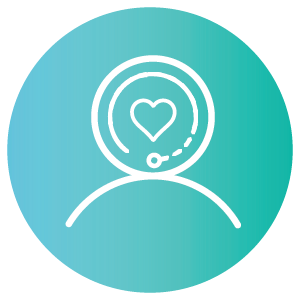
Kolb called this learning style ‘diverging’ because these learners perform better in situations that require idea-generation and exploration. In fact, according to Kolb, learners with a diverging learning style are able to look at things from different perspectives.
Individuals with diverging learning styles tend to have broad cultural interests and like to gather information to solve problems.
Kolb also highlighted that people with a diverging learning style prefer to work in groups. Group work helps them to listen with an open mind and receive personal feedback.
So, in a nutshell, they prefer to watch or feel rather than do. Based on this, their learning preferences are concrete experience (CE) and reflective observation (RO).
2. Assimilating (AC/RO)
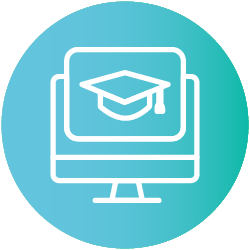
An assimilating learning style could also be seen as the ‘think and watch’ style. After all, this individual’s learning characteristics are abstract conceptualisation (AC) and reflective observation (RO).
The assimilating learning style is all about taking a concise and logical approach to learning. Learners with this learning preference often consider ideas and concepts more important than people.
They require clear explanations and demonstrations instead of practical learning opportunities. They’re great at understanding a wide range of information and organising it in a logical format.
These learners tend to be more interested in the soundness and precision of ideas rather than in their practical value. In learning interventions, they prefer reading, lectures, exploring analytical models and having the time to think and analyse information.
3. Converging (AC/AE)

Kolb named this learning style ‘converging’, as these learners tend to converge on the answers they want. They have a preference for abstract conceptualisation (AC) and active experimentation (AE). It’s also referred to as the ‘think and do’ style.
Individuals with a converging learning style are good problem solvers and will use their learning to find solutions to practical issues. They can then apply their ideas to new experiences.
As such, convergers tend to prefer technical tasks and are often less concerned with interpersonal activities. Instead, they focus on experimenting with new ideas and working with practical applications.
Their strength is in applying theories and abstract concepts to real-world problems and practical situations. Convergers tend to prefer instructional techniques like workbooks or worksheets and interactive activities that require problem-solving.
4. Accommodating (CE/AE)
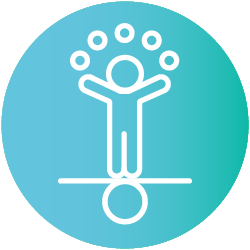
Individuals with the accommodating learning style prefer ‘hands-on’ experiences where they can rely on intuition rather than logic. This ‘feel and do’ style indicates a preference towards concrete experience (CE) and reflective observation (RO).
These learners prefer to take a practical and experiential approach where they can discover the answers for themselves. This sometimes includes trial and error, rather than engaging in logical analysis.
Their greatest strength lies in doing things and making things happen. In other words, they take initiative, set goals and actively work to achieve them, even if that means relying on their ‘gut’ instinct rather than analysis.
Accommodators prefer instructional techniques that allow them to actively engage in a task and promote independent discovery and thinking.
Criticism of Kolb’s Experiential Learning Theory
While Kolb’s experiential learning theory remains a popular model, it has been widely criticised.
For instance, it has faced claims that it’s too simple. While Kolb presents clearly defined stages, learning is rarely ever so ‘neat and tidy’ in real life. Instead of a strictly linear progression from one stage to the next, the learning cycle might involve revisiting previous stages.
In addition, Kolb’s model has faced criticism as it ignores some important aspects of learning. For instance, it doesn’t account for the various social and cultural contexts in which learning can occur and the impact this has on us.
Furthermore, our learning styles may not stay stable over time. Kolb’s theory does not take this into account. Kolb, however, has responded to this critique in his later research, which now includes external validity evidence.
Lastly, some critics argue that Kolb’s model has very little empirical support. For instance, learning styles have become a somewhat controversial topic in the L&D landscape. In fact, our self-defined learning style does not seem to have any real impact on educational outcomes.
Despite this, there’s a reason for the theory’s popularity. The Experiential Learning Cycle is easy to understand and can be applied to various contexts successfully. Let’s explore three common use cases.
Applications of Kolb’s Experiential Learning Theory
Both Kolb’s learning styles and cycle are used in various different industries to identify strengths, weaknesses and preferences. For instance:
1. In Classrooms
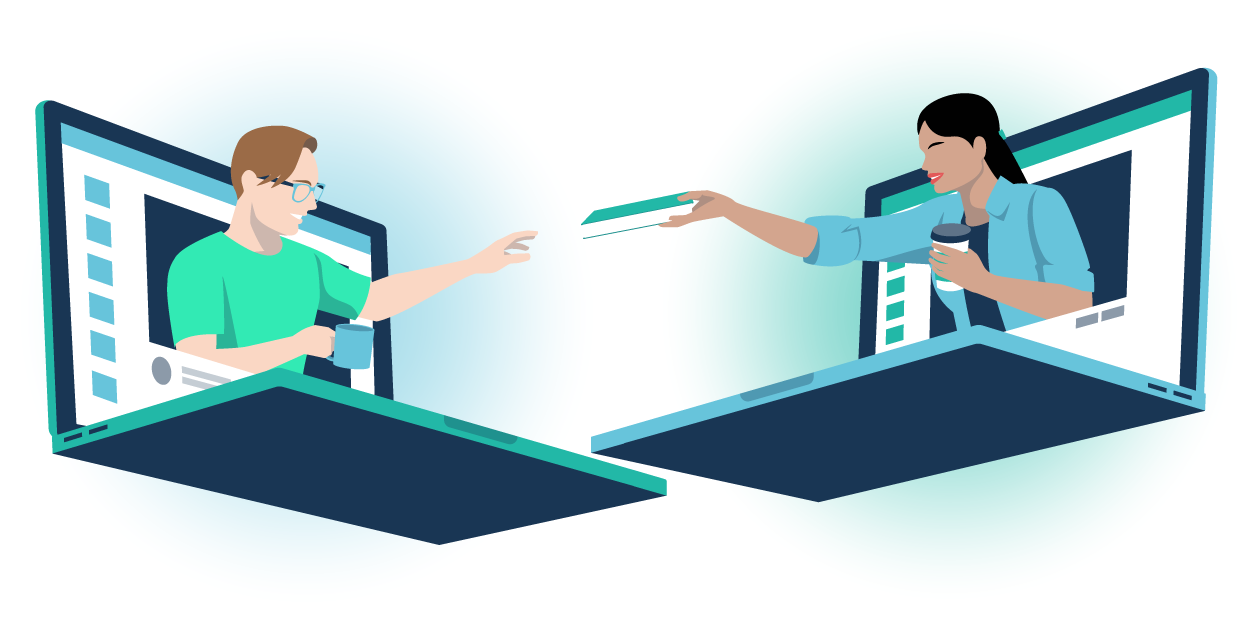
Kolb’s learning styles and cycle can be used by educators to critically evaluate the learning provision made available to their audience.
Using Kolb’s methods helps them to design and create more appropriate and personalised training interventions. Identifying individual styles also helps learners to learn more effectively.
To cater to diverse learning styles, instructors, trainers and teachers should design a variety of experiential activities. Furthermore, these activities should be delivered in a way that promotes engagement for all learners, regardless of their preferred approach.
Experiential activities inside the classroom include:
- Field trips
- Art projects
- Science experiments
- Role-playing exercises
- Reflection and journaling
- Opportunities for internship
- Interactive classroom games
Creating training interventions that reflect all four components of the learning cycle is an ideal approach. This helps support each student’s learning preference, which increases the likelihood that they will engage with their content.
2. Coaching and Mentoring
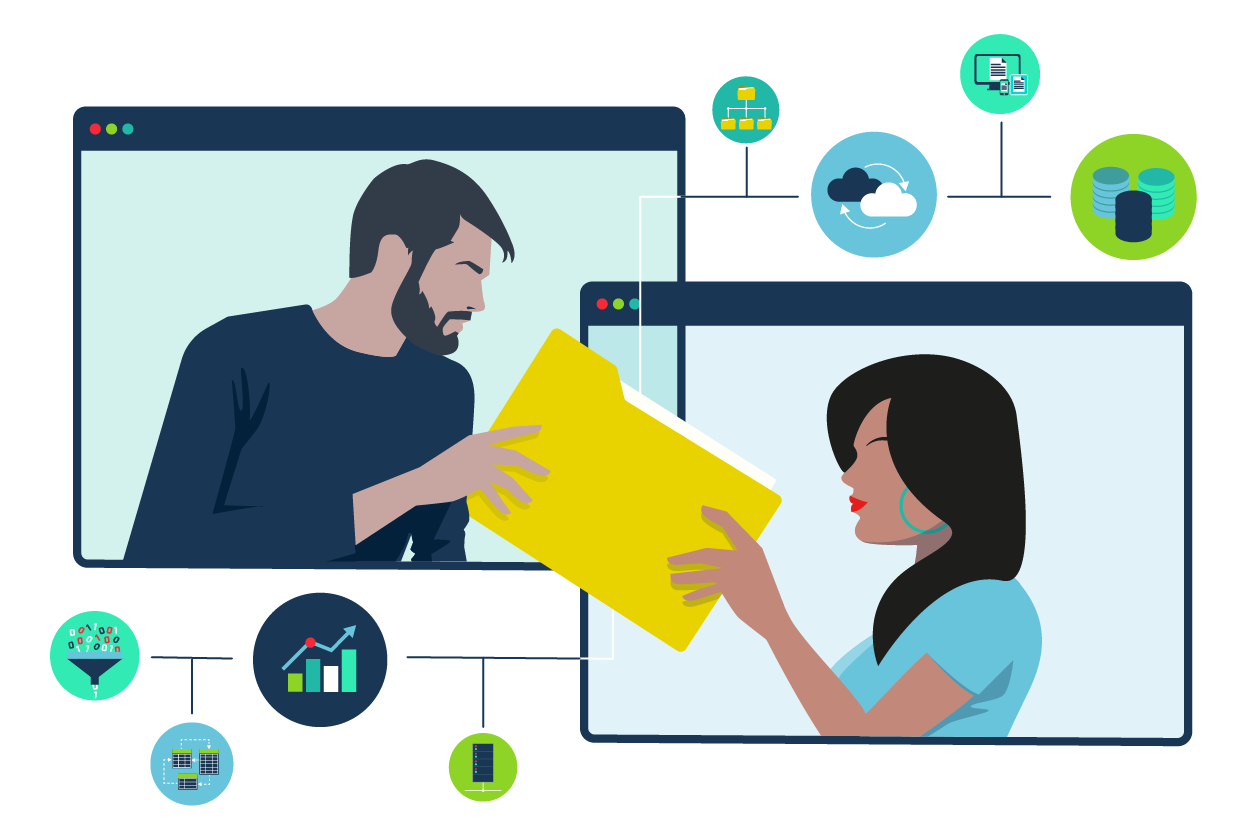
Kolb’s theory is also useful in creating effective coaching and mentoring sessions and integrating new ideas into learning experiences.
After all, determining your audience’s preferred learning style will help you to tailor your learning experience more effectively.
Whilst you’ll want to ensure each stage of the cycle is checked off, you may also want to spend more time at stages that align with their designated style of learning.
The inherent preferences linked to each learning style should help to inform your design choices.
For example, accommodators might benefit from opportunities to practice new skills, while assimilators might appreciate the chance to engage in logical analysis.
3. Business

While Kolb’s Experiential Learning Theory was aimed at helping educators and L&D professionals to create more effective training interventions, it has proven to be effective in other fields too.
In fact, creating effective content, such as marketing collateral or sales pitches, becomes much easier after identifying the learning styles of prospective customers.
However, just as in an educational context, sales and marketing representatives should take care to use various types of demonstrations, explanations and presentations to cater for all styles.
This helps to meet everybody’s needs and provides plenty of opportunities for prospects to experience, think, reflect and (hopefully) act.
Experiential eLearning
With modern learning technology, creating experiential learning interventions has never been easier. For example, you can create personalised learning pathways that include different types of content and experiences for individuals with different learning styles.
Adding gamification elements like Experience Points (XP), Badges, and Leaderboards, on the other hand, is an effective way to cater to learners whose strengths lie in concrete experiences.
They also prefer role-plays and group activities. Adding social learning features like Clubs and Social Feeds helps to provide a platform for these kinds of collaborative discussions and projects.
However, it’s essential to keep in mind that this does not suit everyone. For example, students who prefer abstract conceptualisation learn better by reading, listening to well-organised explanations, and studying alone.
Luckily, learning management systems (LMS), like our very own Growth Engineering LMS, cater for individualistic learners too. They can explore content at their own pace, read material and listen to podcasts or view pre-recorded virtual classroom sessions.
Final Words
There you have it! Kolb’s experiential learning theory and its two parts, the Experiential Learning Cycle and Learning Styles.
Applying Kolb’s learning theory has benefits for students, educators and employers. After all, it highlights the value of our experiences, breaks down the different stages of learning and introduces various learning styles and their characteristics.
Learning technology can help you to unlock a world of experiential learning experiences. So, what’s in store for your next learning journey?
Thanks for reading. For more learning insights, please sign up to our mailing list. To find out more about experiential learning and other theories, download our ‘Guide to Learning Theories and Models‘ now.

